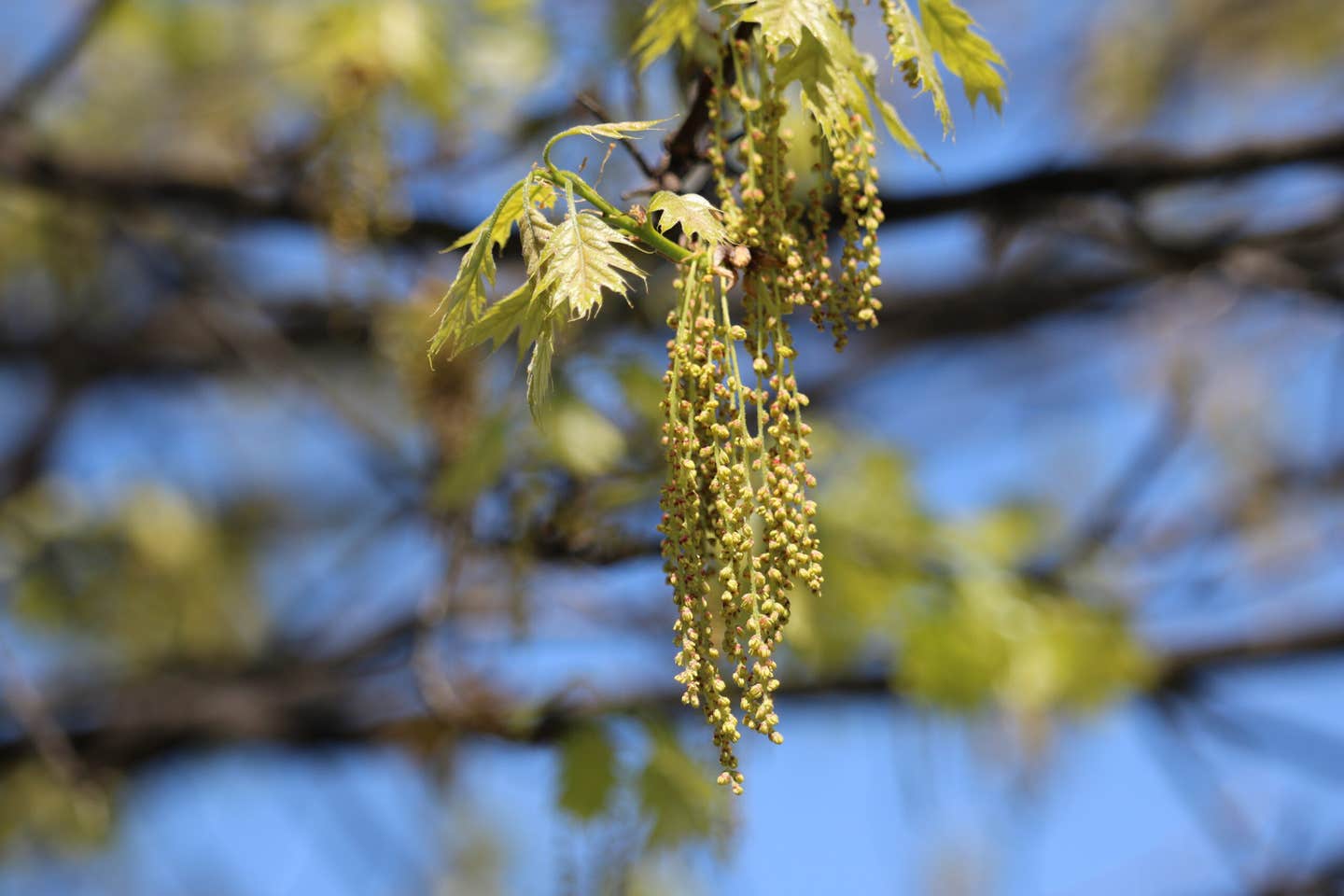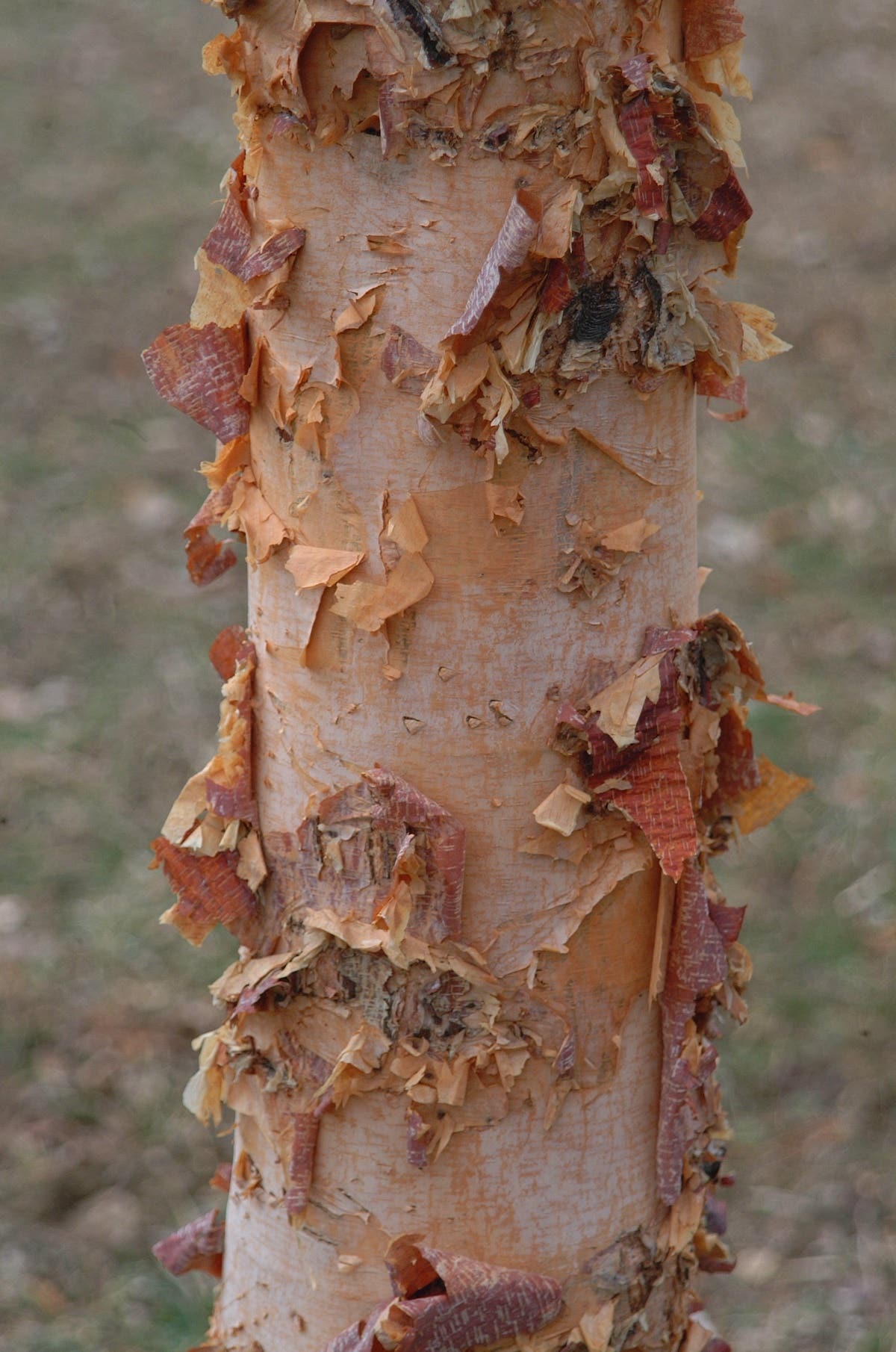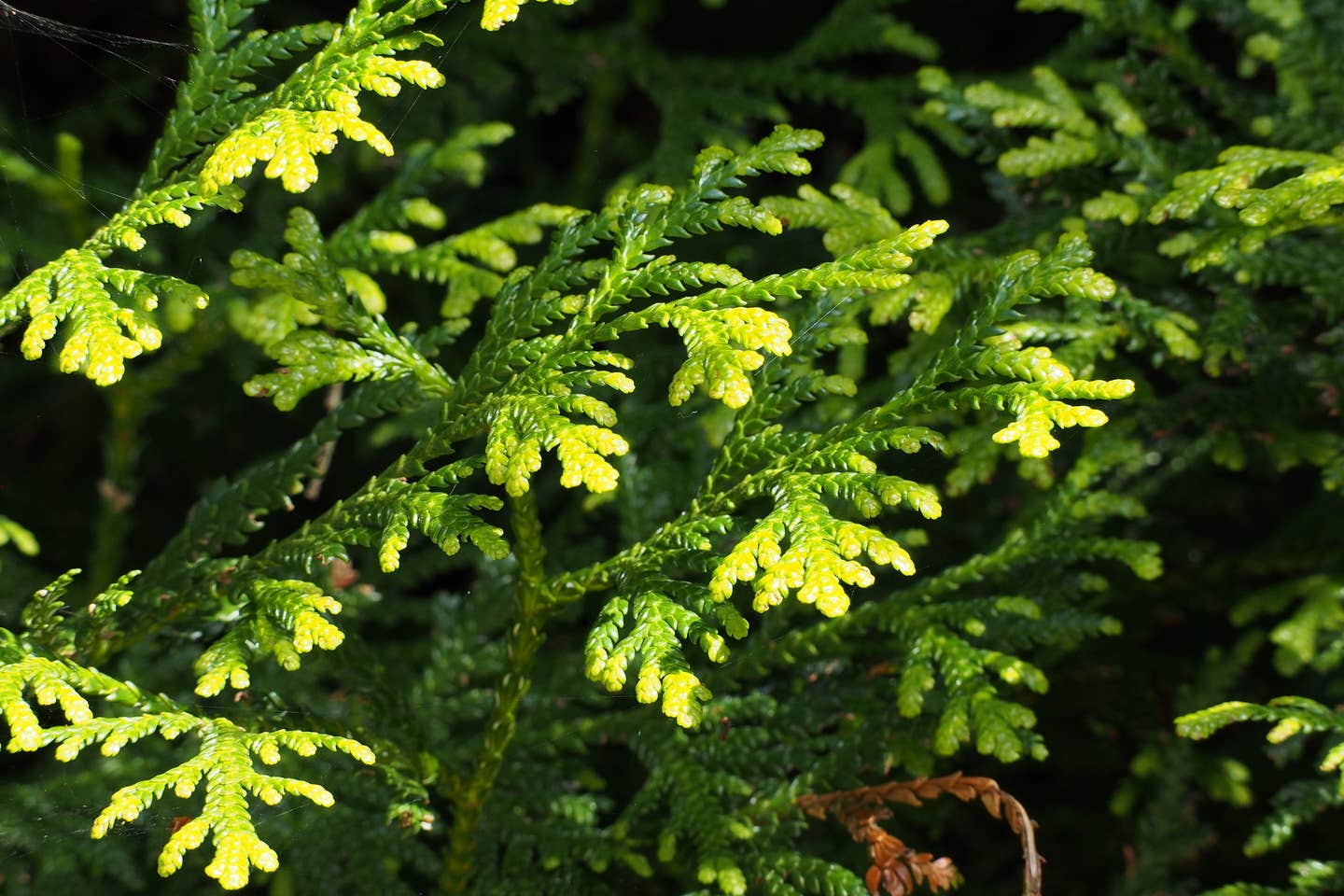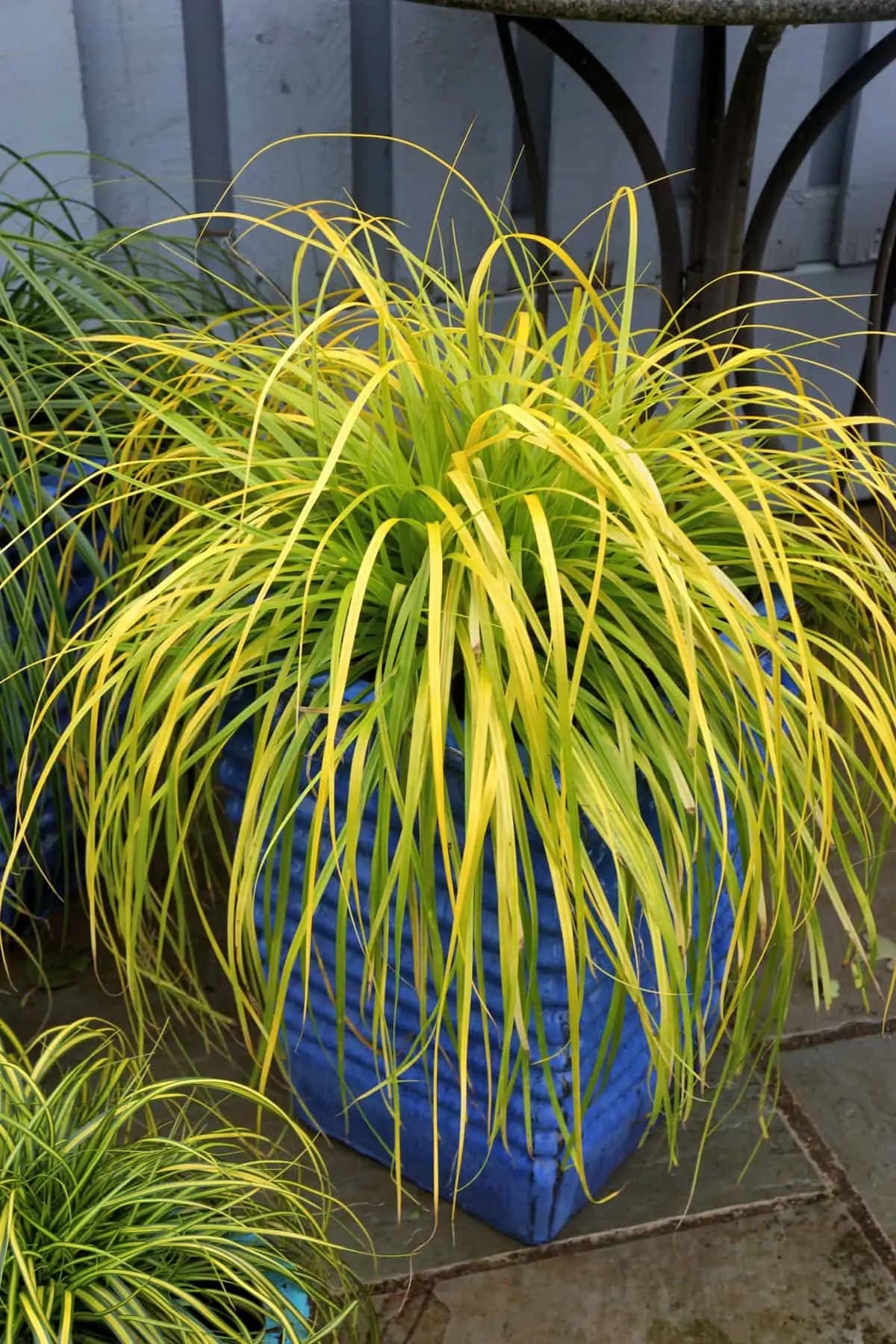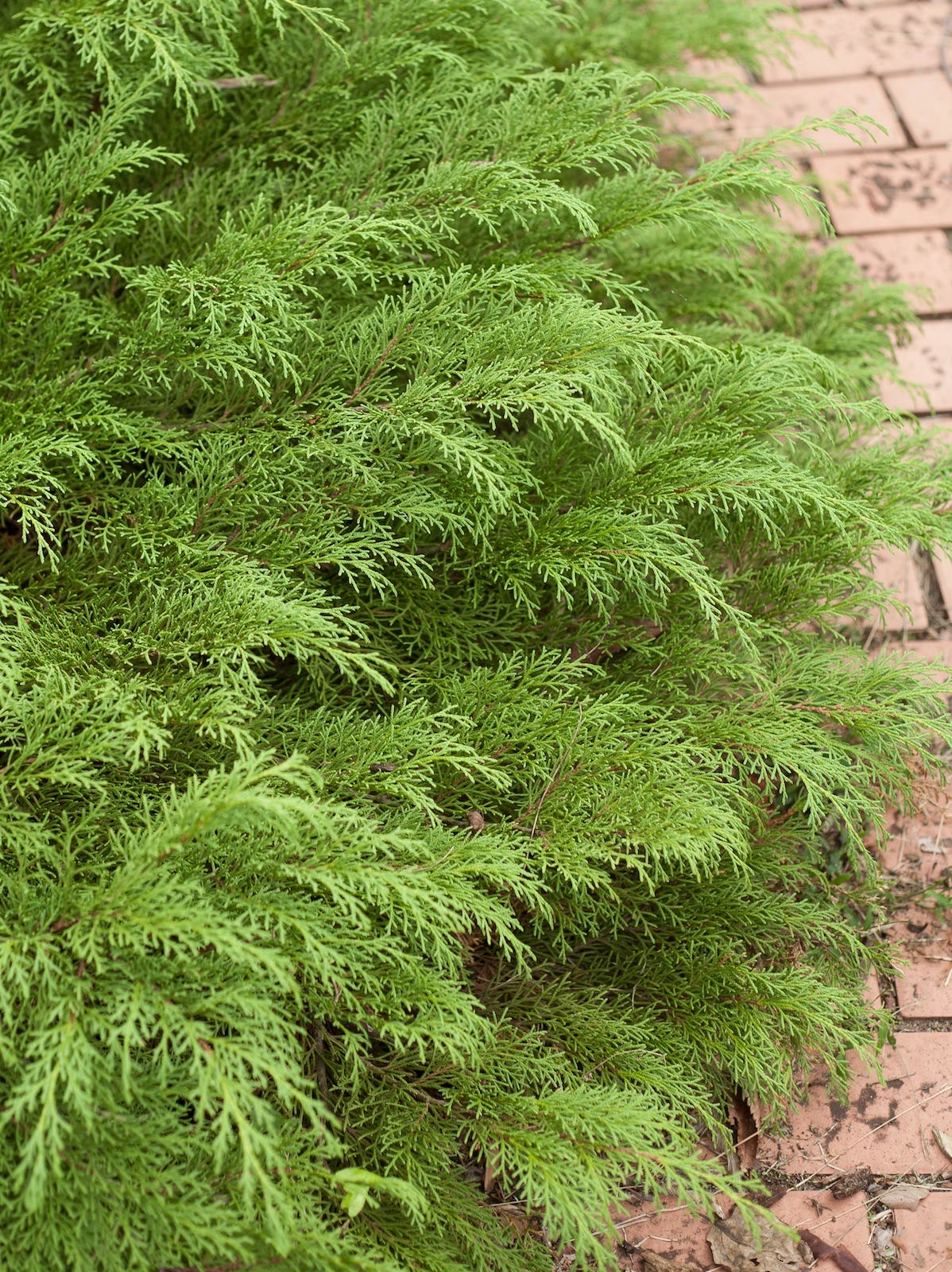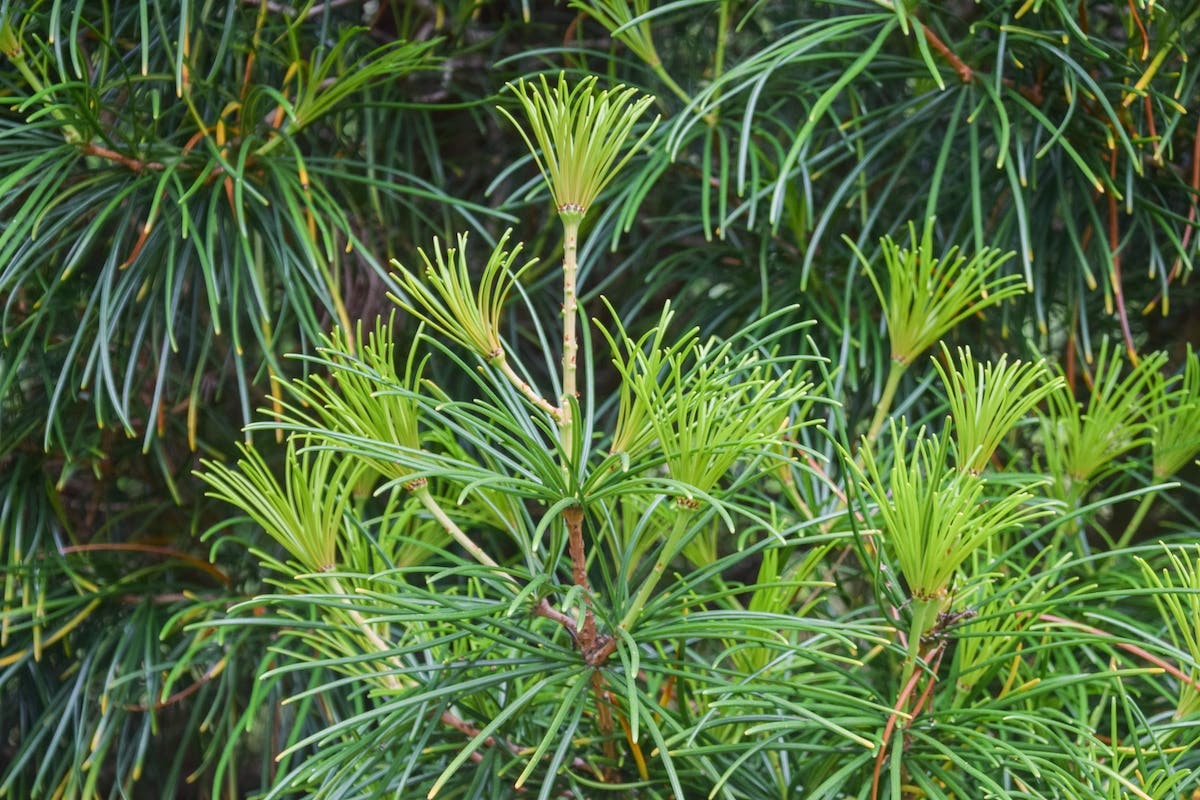‘Snowflake’ Ficus Is an Easy and Cheerful Small Houseplant
Virtues: ‘Snowflake’ ficus or creeping fig has pretty white-edged leaves that brighten up terrariums, dish gardens or a pot where it grows alone. It is not as finicky about growing…
Virtues: ‘Snowflake’ ficus or creeping fig has pretty white-edged leaves that brighten up terrariums, dish gardens or a pot where it grows alone. It is not as finicky about growing conditions as other types of ficus that can drop their leaves if there’s a draft or change in lighting. ‘Snowflake’ is also not as quick and rampant a grower as other ficus, making it a good choice for a small space or terrarium.
Common name: ‘Snowflake’ creeping fig
Botanical name:Ficus pumila ‘Snowflake’
Exposure: Bright but indirect light.
Season: Year-round as a foliage houseplant.
Foliage: The thumbnail-size leaves have rounded, slightly crinkled edges. These leaf margins are bright white surrounding a bright green center.
Habit: The species creeping fig (Ficus pumila) can quickly grow to three feet as a potted houseplant (and bigger in nature), but its cultivar ’Snowflake’ stays smaller and also grows much slower, meaning it can last in a small pot or within a terrarium or mixed dish garden for a long time.
Origins:Ficus pumila is native to Asia.
How to grow ‘Snowflake’ ficus: Place in the bright, indirect light near an east- or west-facing window. ‘Snowflake’ ficus does not like direct sun. Grow in normal potting mix and water when the top inch of mix feels dry. Fertilize with an all-purpose houseplant fertilizer according to package directions during spring and summer. In terms of design, grow ‘Snowflake’ ficus as a trailing houseplant in a hanging basket or a tall, narrow pot, or as a ground-cover plant in a terrarium or dish garden. It can also be trained to cover a topiary support. Creeping ficus climbs by holding onto its support with adhesive discs that form along its stems.


